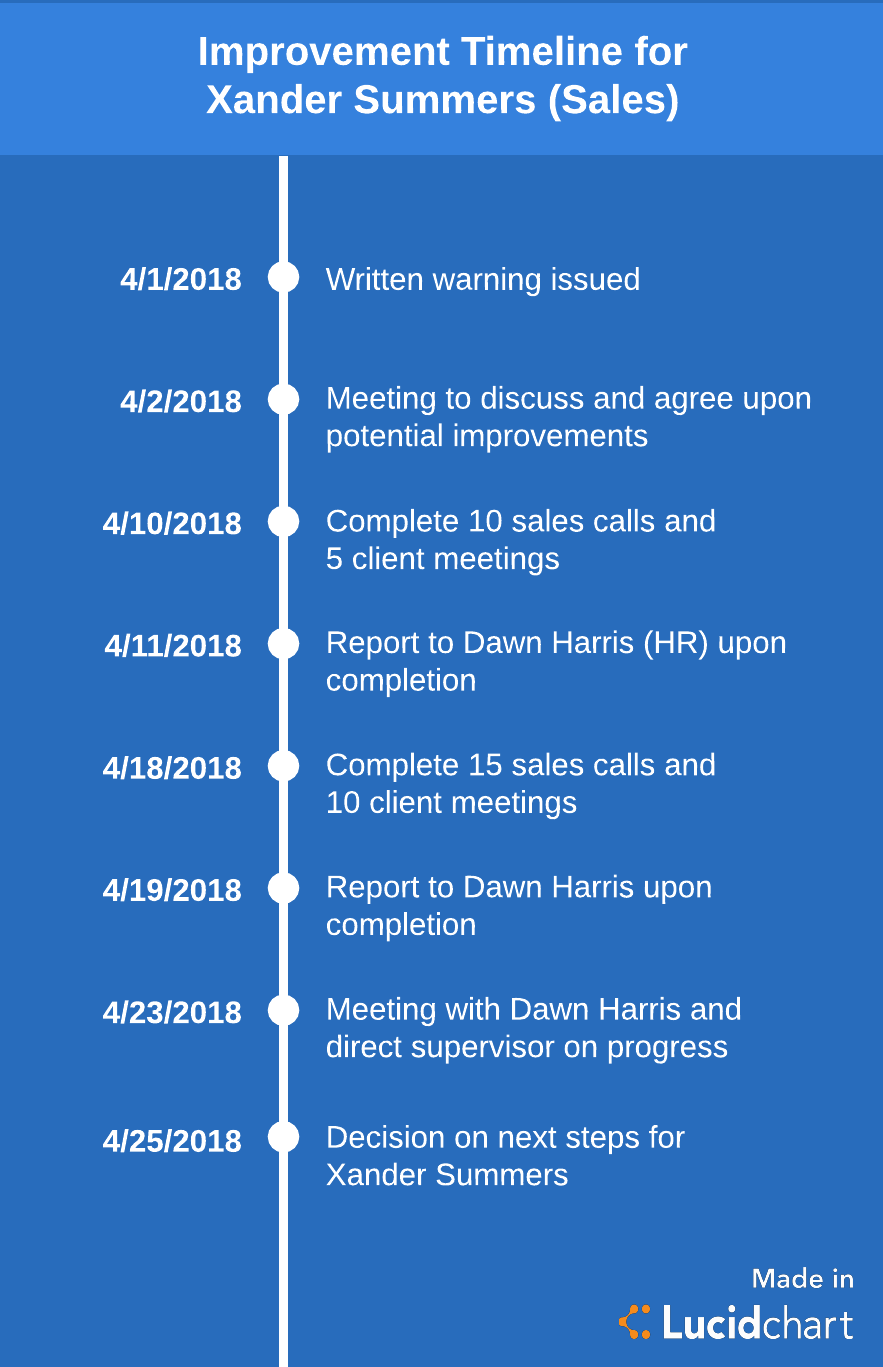Employee discipline should not be seen as a form of punishment, but as an opportunity for growth and development.
If approached with the right mindset and executed correctly, it can be an effective training method that helps improve performance while establishing a safe and honest working environment for all employees.
This checklist will guide you through the entire disciplinary process, from verbal warnings to suspension and ultimately, employment termination (a stage that will ideally never be reached) in a way that ensures both parties are comfortable with how problems are being addressed and progress is being made.
Let's get started.


